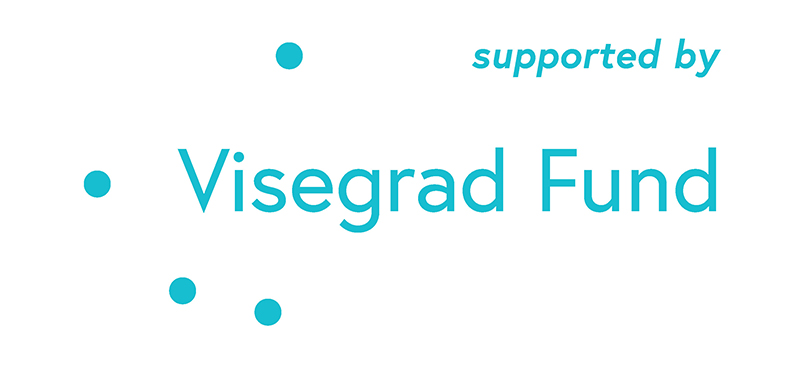The world of quality management is evolving rapidly, and Quality 4.0 is at the forefront of this transformation. Quality 4.0 is a new approach to quality management that integrates advanced technologies, such as data analytics and automation, into traditional quality practices. The benefits of Quality 4.0 include improved organizational performance, agility, and sustainability. However, the adoption of Quality 4.0 is still in its early stages, and there are several challenges that organizations face in implementing this new approach.
A recent study found that there is a growing interest in Quality 4.0 and its implications for organizations. However, there are several research issues that need to be addressed in this field. One of the major challenges is the lack of a clear definition and understanding of Quality 4.0, which makes it difficult for organizations to develop a roadmap for implementing Quality 4.0. Additionally, new skills and competencies among quality professionals are required to leverage the technologies of Industry 4.0. This necessitates a shift from traditional quality approaches to a more data-driven and technology-enabled approach.
Moreover, there is a need for research on the impact of Quality 4.0 on organizational performance, customer satisfaction, and employee engagement. Lastly, there is a need for research on the ethical and social implications of Quality 4.0, such as privacy, security, and job displacement. Therefore, Quality 4.0 is a rapidly evolving field that presents both opportunities and challenges for organizations and quality professionals.
To help organizations implement Quality 4.0, a recent study identified 12 critical dimensions or "axes" that are necessary for success. These axes are based on both the existing literature on traditional quality management and interviews with practitioners. The study aimed to identify and prioritize the axes of Quality 4.0 using a combination of literature review and semi-structured interviews with 36 experts in the field of quality and operational excellence.
The identified axes were then ranked using the Analytic Hierarchy Process (AHP) based on their impact on organizational performance, agility, and sustainability. AHP is a widely used decision-making tool that employs a hierarchical structure to represent the decision problem and uses pairwise comparisons to determine the relative importance of criteria and alternatives.
The study found that technology plays a vital role in Quality 4.0, but it is not the only aspect. Quality professionals have a significant role to play in this age of digitalization, and traditional quality management systems and compliance frameworks still matter in Quality 4.0. The study also highlighted the need for organizations to develop the skills and capabilities of their workforce to implement Quality 4.0 successfully.
The article discusses the use of the Analytic Hierarchy Process (AHP) for multi-criteria decision-making. AHP uses a consistency ratio (CR) index to measure the intelligibility of the decision maker's judgments in making pairwise comparisons of criteria. The article explains that while perfect consistency may not be possible in practical scenarios, AHP allows for some degree of inconsistency up to a limit of 10%.
The article presents the results of a study where experts used AHP to evaluate the relative importance of organizational performance, agility, and sustainability in achieving effective Quality 4.0 implementation. The study found that sustainability was given the highest weightage, followed by agility and organizational performance. The article provides a synthesized ranking of the 12 axes of Quality 4.0 based on their priorities with respect to the three criteria. Analytical thinking, competence, customer centricity, metrics and data-driven decision-making, innovation, and strategic leadership were ranked highest and deemed critical for any Quality 4.0 organizational transformation.
In conclusion, Quality 4.0 is an exciting new approach to quality management that integrates traditional quality practices with advanced technologies. The adoption of Quality 4.0 is still in its early stages, and there are several challenges that organizations face in implementing this new approach. However, a synergistic approach is necessary for effective Quality 4.0 implementation, which includes a mix of traditional quality aspects and technology. The study recommends a cultural transformation that inculcates both technological and analytical skills among the workforces. In addition, a broad-based survey of a larger pool of practitioners is needed to augment the results of the current study. Quality professionals need to evolve and adapt to this new approach to quality management to remain relevant in the age of digitalization.
Authors
Sureshchandar, G. S. (2022). Quality 4.0–understanding the criticality of the dimensions using the analytic hierarchy process (AHP) technique. International Journal of Quality & Reliability Management, 39(6), 1336-1367. https://doi.org/10.1108/IJQRM-06-2021-0159
